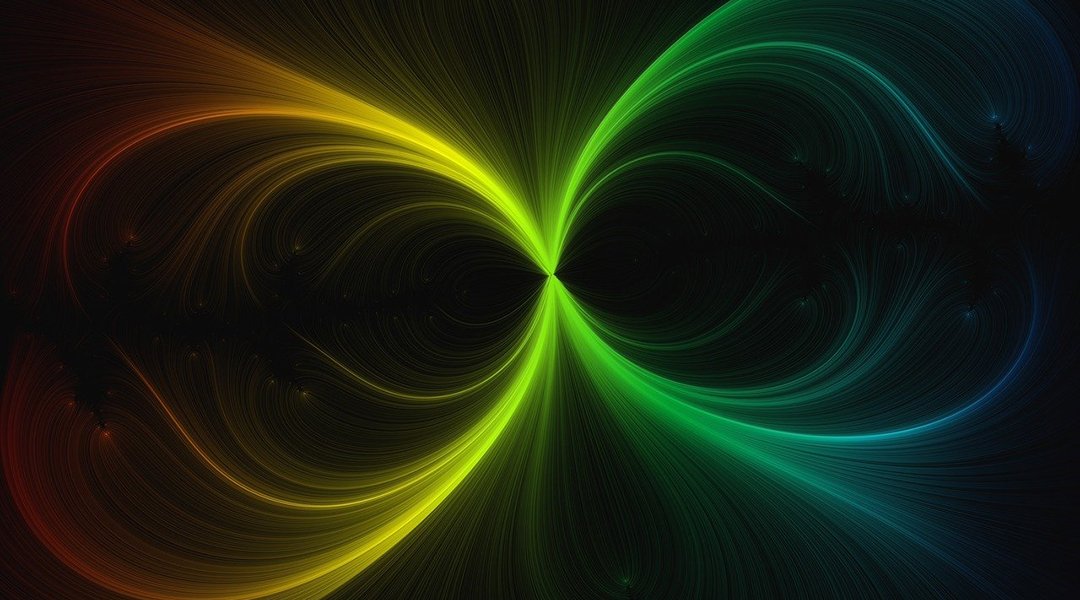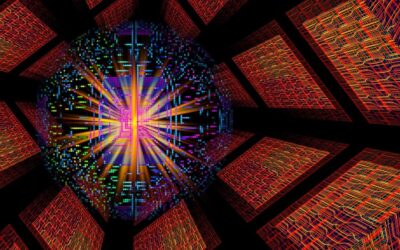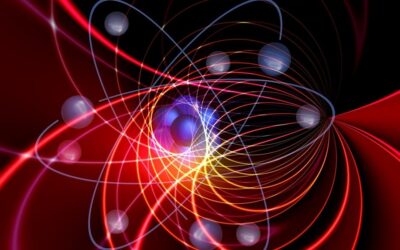The Standard Model represents our current best understanding of the building blocks of matter, as well as how they interact via three of the four fundamental forces – the electromagnetic, weak, and strong forces.
While it has not yet been able to explain phenomena such as expansion and does not incorporate gravity, the model is an impressive collaborative achievement which has been able to make accurate predictions (such as the existence of the Higgs boson), and has proven consistent with experimental observations since the 1970s – until recently.
In 2023, Fermilab reported measurements of the magnetic dipole moment of a muon, a short-lived elementary particle similar to an electron, to the highest ever precision of 0.14 ppm; their measured value was inconsistent with predictions based on the Standard Model.
In conjunction with earlier results measured at lower precision, this strongly suggested the existence of as-yet unobserved particles or forces, meaning that the Standard Model would need revision.
Two years on, with the 6-year-long Fermilab experiment almost complete, an update to the theoretical value posted on arXiv just this month added to the excitement by shifting that value closer to the 2023 measurements.
What would the experiment’s final runs reveal?
With around 1200 people watching live, Fermilab today shared the experiment’s final results: Simon Corrodi, a collaborator on the experiment, confirmed the 2023 measurements with even lower uncertainty than the previous data.
This new benchmark result and the tension between this and earlier theoretical values shows the uncertainties involved and high precision needed to keep probing the Standard Model. Whatever exactly may lie beyond it, at least one thing is certain: particle physics has a lot more story to tell.
More recent news in physics:
Higgs boson may be driving the Universe’s expansion – Advanced Science News
New theory suggests gravity is not a fundamental force – Advanced Science News














